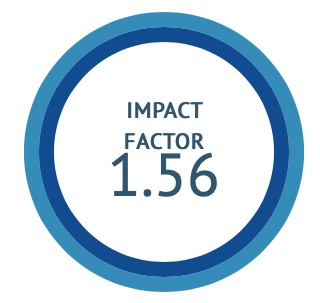Formulation and Analytical Development of Laxative Polyherbal Suspension
DOI:
https://doi.org/10.47552/ijam.v15i2.4422Keywords:
Polyherbal suspension, HPLC, Rhein, Method development, Validation, LaxativeAbstract
The aim of study is to formulate and evaluate polyherbal suspension containing aqueous extracts of Cassia Fistula L, Terminalia Bellerica Gaertn, Terminalia Chebula Retzm, Operculina Turpethum L, and Baliospermum Montanum Muell for laxative use and develop a validated analytical method by HPLC. The excipients employed in the formulation were Sucrose, Xanthan gum, Tween 80, Sodium methylparaben, Sodium propylparaben and water. The suspension was evaluated for organoleptic properties, Sedimentation volume, Redispersibility, Flow rate, Viscosity, and pH. Optimized formulation was further evaluated to check its stability for 90 days in accelerated conditions. The analytical method was developed for the assay of Rhein in formulated polyherbal suspension and validated by HPLC (Waters instrument with Empower software). The results revealed that an increased concentration of suspending agent increased viscosity, thus reducing the sedimentation and improving the stability of suspension. The validation parameters results indicated that the developed method is simple, reproducible, accurate, robust, precise, and specific. Polyherbal suspension was successfully formulated using varying concentrations of suspending agent and wetting agent by employing a 32 factorial design. The validation results obtained for the assay of rhein in polyherbal formulation showed that the developed HPLC method was precise and accurate.
Downloads
Published
How to Cite
Issue
Section
License
Copyright (c) 2024 International Journal of Ayurvedic Medicine

This work is licensed under a Creative Commons Attribution 4.0 International License.
The author hereby transfers, assigns, or conveys all copyright ownership to the International Journal of Ayurvedic Medicine (IJAM). By this transfer, the article becomes the property of the IJAM and may not be published elsewhere without written permission from the IJAM.
This transfer of copyright also implies transfer of rights for printed, electronic, microfilm, and facsimile publication. No royalty or other monetary compensation will be received for transferring the copyright of the article to the IJAM.
The IJAM, in turn, grants each author the right to republish the article in any book for which he or she is the author or editor, without paying royalties to the IJAM, subject to the express conditions that (a) the author notify IJAM in advance in writing of this republication and (b) a credit line attributes the original publication to IJAM.




